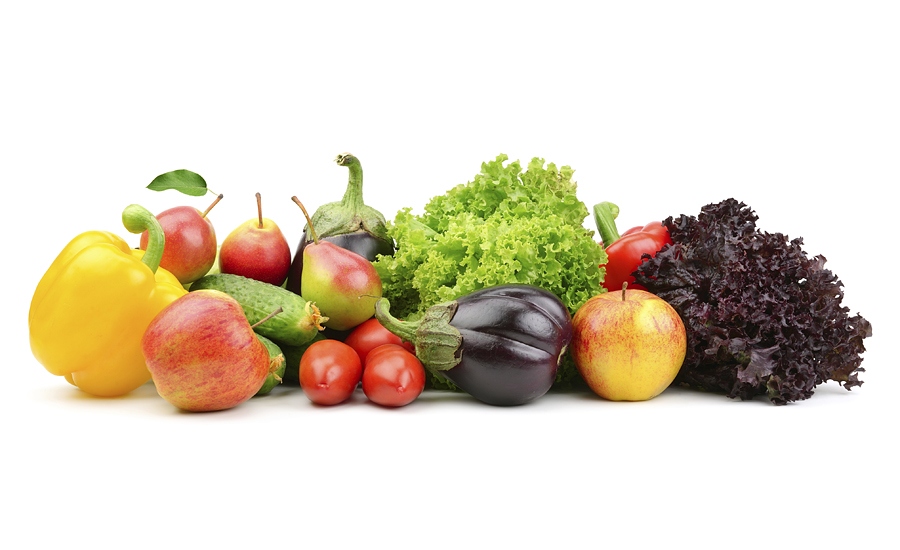NPD study shows U.S. consumers want customization
Even though dieting is on the decline, “my own diet” is still rising as the most common way consumers take control of their intake.

U.S. consumers will take a personal approach to their health and wellness in 2017, reports The NPD Group, Chicago. Wearable devices that track footsteps and apps that track calories enable consumers to develop their own personal plans to meet their needs, rather than relying on health plans based on averages. Even though dieting is on the decline, “my own diet” is still rising as the most common way consumers take control of their intake, according to NPD Group’s continual tracking of consumers’ eating attitudes and behaviors.
“Consumer attitudes toward health today have evolved beyond diet, exercise and the specific attributes (presence or absence) of food items,” says Darren Seifer, food and beverage industry analyst. “Now, they’re looking for personal plans that meet their own specific interests, and more importantly, their lifestyles.”
Exercise, for example, is not necessarily increasing as part of the new health and wellness lifestyle, nor are consumers typically losing weight, but from activewear to the foods consumed, consumers are embracing a lifestyle centered on wellness. From an eating behavior standpoint, this lifestyle is about eating “wholesome” food, such as fresh, organic or non-genetically modified items. Concern for and avoidance of traditional health-related attributes, like fat or cholesterol, is waning, although sugar is still a concern.
Other trends gathering steam:
Sweating the small stuff
It's the little things grabbing consumers’ attention these days; they can be small but influential ways to garner loyalty among consumers. Increasingly, consumers are looking to support brands and companies that do more than manufacture a product —they want to support causes and actions aligned with their values. People feel they’re doing right when they support companies that are connected to locally sourced ingredients, donations to charities, sustainable environmental practices and animal welfare practices.
The future is now
Technology is quickly making its way into how consumers acquire foods and beverages because it saves time. Although the use of technology is currently a small behavior, NPD Group expects to see more people in the coming years use retailers’ websites or third-party sites to acquire foods and beverages.
Home is where the meal is
It’s becoming more common to make meals at home while also using dishes sourced from restaurants. Those purchased components are more likely to be appetizers or side dishes, indicating consumers use these dishes as quick ways to round out or complete their meals. It’s yet another sign people want freshly prepared items in the home without having to spend a great deal of time in the kitchen. This is a true generational shift; younger consumers already consume fresh foods at rates higher than older adults did when they were the same age. As these younger consumers age, NPD’s forecast shows their demand for freshness in a hurry will only increase.
Looking for a reprint of this article?
From high-res PDFs to custom plaques, order your copy today!






